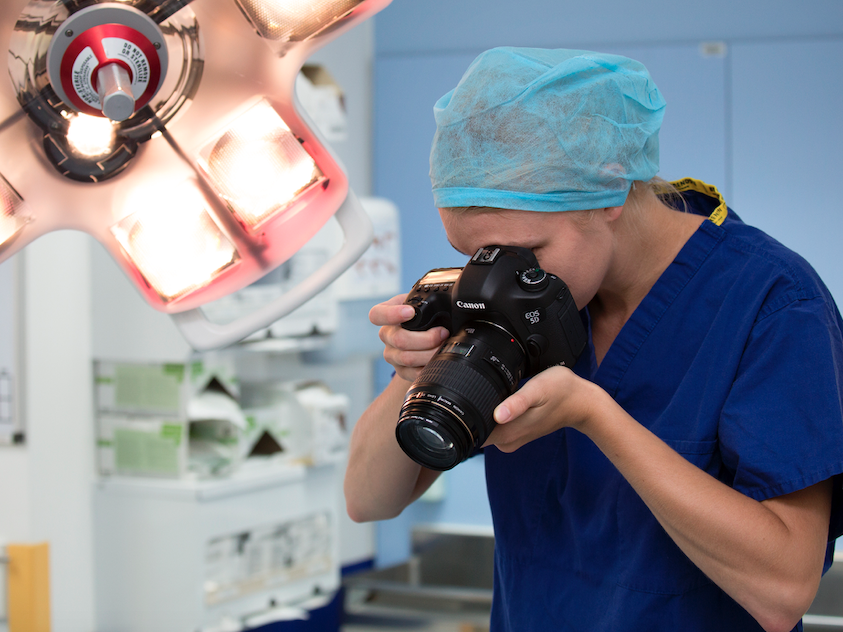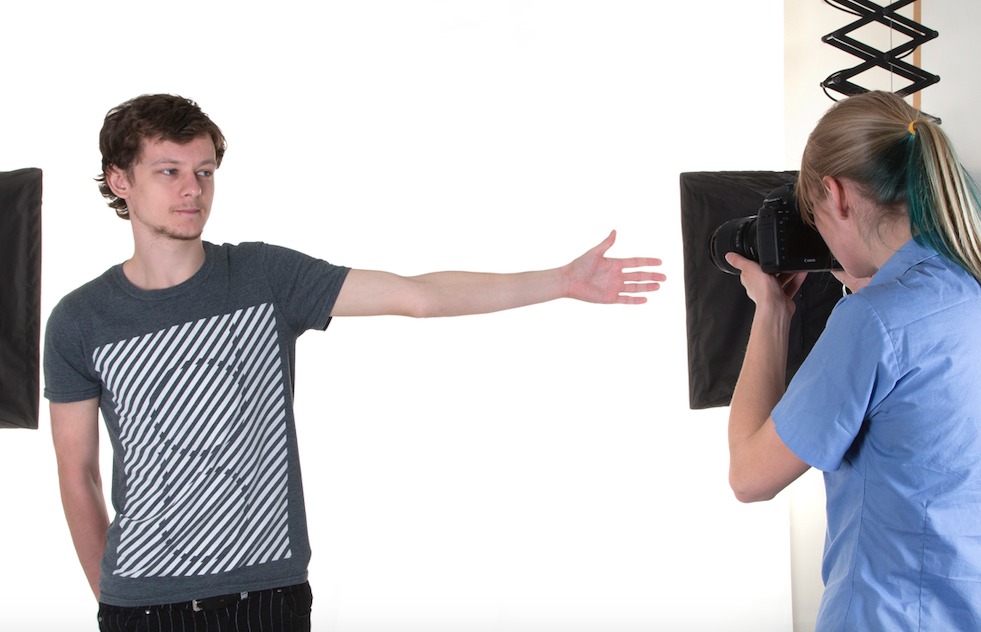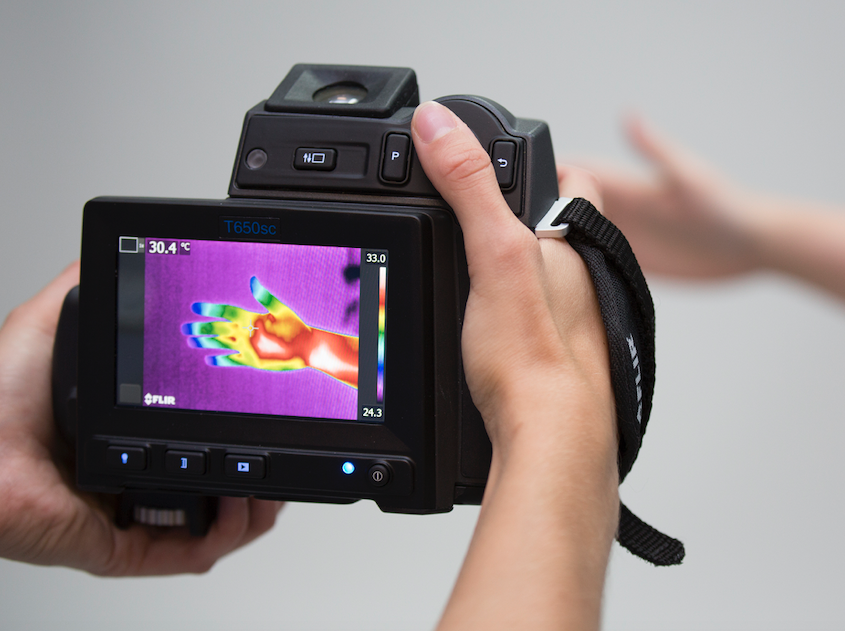An Insight Into Clinical Photography

Clinical photography is, perhaps, not the first medical profession that might spring to our minds and it often goes under the radar. However, despite its mysterious nature, it is instrumental within the medical world. Without it, we’d struggle with both learning and teaching, as the images provided by clinical photographers can play a significant role in ensuring medical students and junior doctors have all the information surrounding surgical techniques and conditions. Sometimes doctors in training don’t get to physically lay eyes on patients with rare conditions, so these images play an important part in diagnosis, particularly in the dermatological world. Often without the records of clinical photographs, we would struggle to fully monitor and assess patients with intricate symptoms, making it an essential role.
Medstars had the pleasure of meeting senior clinical photographer Eloise Lee, at Birmingham Children’s Hospital. Eloise talked us through her day-to-day role, the different aspects of her job and what she loves most about the fascinating field of clinical photography.
How do you become a clinical photographer?
To become a clinical photographer is no mean feat. If you’re looking to delve into the clinical photography world you’ll need the foundations of a degree in photography. After this, you’ll need to obtain your post-graduate certificate in clinical photography. This is a clear-cut course and includes various anatomy assignments – just to make sure you have the foundations.
An interest in science is a necessity at this stage, as an understanding of anatomy and technical expertise is required within the role in order to capture and note different symptoms. The key difference between a clinical photographer and a normal photographer is the necessity for a foundation of knowledge in specific areas, ranging from anatomical positioning to how to document specific injuries.

The normal standards of photography are slightly disrupted within clinical photography, as standardisation becomes a defining factor as opposed to the strived for individuality of, let’s say, a fashion photographer. Settings, ratio and lighting all must usually remain the same to ensure a fair comparison, whereas this is not the case within the normal photography world.
What is the day-to-day role of a Clinical Photographer?
Eloise Lee.
The role of a clinical photographer in day-to-day life can be challenging but it can also be incredibly rewarding.
You will often be documenting the process of conditions from early onset to later development, alongside providing daily recordings of clinical conditions that significantly help towards overall diagnosis. There is usually a studio within the hospital where you would interact with many out-patients particularly in dermatological, craniofacial, cleft lip palate and dental diagnosis. It is also used in plastic surgery cases.
Are there different types and techniques in clinical photography?
Although standardisation underpins clinical photography, there is a variety of different types and techniques to get used to. For example, dermoscopy which is a magnified image of the skin using surface microscopy so we can diagnose things like moles.
There are also instances in which a thermal camera is used, mainly for rheumatology patients, to help diagnose the condition scleroderma. This can cause significant pain and scarring within active areas. The heat camera identifies these areas quickly if the patient is on drugs to suppress the pain. As a result of the imagery, we can determine if the drugs are working, going on to impact the decision to stop patient treatment or not!

Another support offered by a clinical photographer is ‘bereavement’ photography. This involves working with liaison nurses who offer this service to capture and remember loved ones and involves taking images of a patient that has passed away. These images are then produced immediately and returned to the family as a keepsake.
Evolution of clinical photography
Eloise Lee.
Just before I came there was a big leap as there was a step from film cameras to digital, which obviously was a massive change.
Over the past 2 decades, there has been a huge leap in technology. We’ve seen the transition from film cameras to digital which has had a distinctive impact on the clarity of images and the speed we can produce them. Watch out for the rise of 3D imagery in the near future and how this will impact clinical photography.
Medstars Medical Concierge Service
Looking for extra guidance when it comes to your healthcare? Sometimes interpreting medical information and making the best decisions can be daunting and complicated. Our private medical concierge service provides easy access to top UK health experts. We guide our patients with genuine choice and trust, offering a bespoke service for anyone in the world seeking private UK healthcare. Learn more about Medstars Medical Concierge Service. Want to learn more about providing our medical concierge service as an employee benefit? Learn more about Medstars Medical Concierge for Business.
